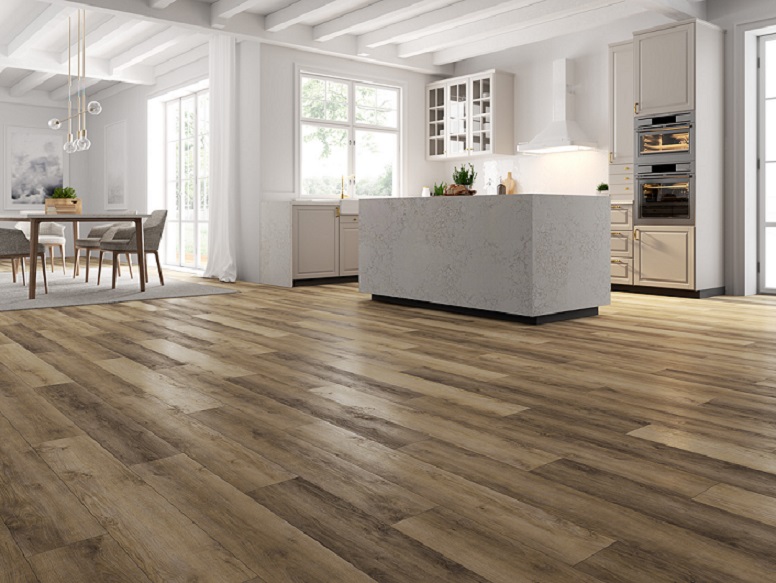One of the most effective ways to save energy in your home is by optimizing insulation. Poor insulation allows heat to escape during the winter and seep in during the summer, leading to higher energy consumption as your heating and cooling systems work harder to maintain a comfortable temperature. By ensuring that your home is well-insulated—especially in the attic, walls, and floors—you can significantly reduce energy loss. Sealing gaps around windows and doors with weatherstripping or caulking can also prevent drafts, keeping your home more energy-efficient. Investing in high-quality insulation materials may require an upfront cost, but the long-term savings on energy bills make it a worthwhile investment.
Upgrading to Energy-Efficient Appliances
Another powerful way to reduce energy consumption is by upgrading to energy-efficient appliances. Older appliances tend to use more electricity, and even when they are turned off, they can still draw power. When it’s time to replace household items like refrigerators, washing machines, or dishwashers, look for models with the Energy Star label, which indicates that they meet or exceed energy efficiency standards. Energy-efficient appliances not only use less power but often perform better, providing the same or higher levels of service while consuming less electricity. Additionally, consider unplugging appliances when they are not in use to avoid phantom energy consumption, which can add up over time.
Utilizing Smart Thermostats
Smart thermostats are an excellent tool for managing your home’s energy use more effectively. These devices allow you to control your heating and cooling systems with greater precision, automatically adjusting the temperature based on your schedule and preferences. By programming your thermostat to reduce heating or cooling when you’re not home or asleep, you can avoid wasting energy on an empty house. Some smart thermostats even learn your habits over time and make automatic adjustments to maximize efficiency. The ability to control the temperature remotely via smartphone apps adds another layer of convenience, making it easier to save energy without sacrificing comfort.
Embracing LED Lighting
Switching to LED lighting is one of the simplest and most cost-effective ways to reduce energy use in your home. LED bulbs use up to 75% less energy than traditional incandescent bulbs and last much longer, which means you’ll save both on your electricity bill and on replacement costs. Beyond their efficiency, LED bulbs come in a variety of color temperatures and styles, making it easy to find the right lighting for every room in your home. By replacing all your old bulbs with LEDs, you can make a significant dent in your overall energy consumption with minimal effort.
Maximizing Natural Light
Making the most of natural light is another effective strategy for saving energy. By keeping your curtains and blinds open during the day, you can reduce the need for artificial lighting, which in turn lowers your electricity use. Strategically placing mirrors in your home can also help to reflect natural light into darker areas, reducing the need for additional lighting. If you’re planning renovations, consider adding skylights or larger windows to increase the amount of natural light that enters your home. Not only does natural light help reduce energy costs, but it also creates a more inviting and pleasant living environment.
Regular Maintenance of Heating and Cooling Systems
Regular maintenance of your heating and cooling systems is crucial for ensuring they operate efficiently. Over time, filters, vents, and ducts can become clogged with dust and debris, forcing your HVAC system to work harder and use more energy. By scheduling annual maintenance checks, replacing filters regularly, and cleaning vents, you can keep your system running smoothly. It’s also a good idea to have your system inspected for leaks or other issues that could be causing it to consume more energy than necessary. A well-maintained system not only saves energy but also extends the lifespan of your equipment, saving you money in the long run.
Implementing Water-Saving Techniques
Saving energy in your home isn’t just about electricity—water usage plays a significant role as well. Heating water accounts for a considerable portion of your energy bill, so reducing the amount of hot water you use can lead to significant savings. Installing low-flow showerheads and faucets, fixing leaks promptly, and using cold water for laundry are all effective ways to cut down on water and energy usage. Additionally, consider insulating your water heater and the pipes to prevent heat loss, ensuring that your system uses less energy to deliver hot water to your taps.
Incorporating Renewable Energy Sources
Finally, incorporating renewable energy sources into your home can drastically reduce your reliance on traditional energy grids and lower your overall energy costs. Installing solar panels is one of the most popular options, allowing you to generate your own electricity from the sun. While the initial investment can be substantial, many homeowners find that the long-term savings, along with potential tax incentives, make it a worthwhile endeavor. Other renewable options include wind turbines, geothermal systems, and solar water heaters. By investing in renewable energy, you not only reduce your energy bills but also contribute to a more sustainable and environmentally friendly lifestyle




